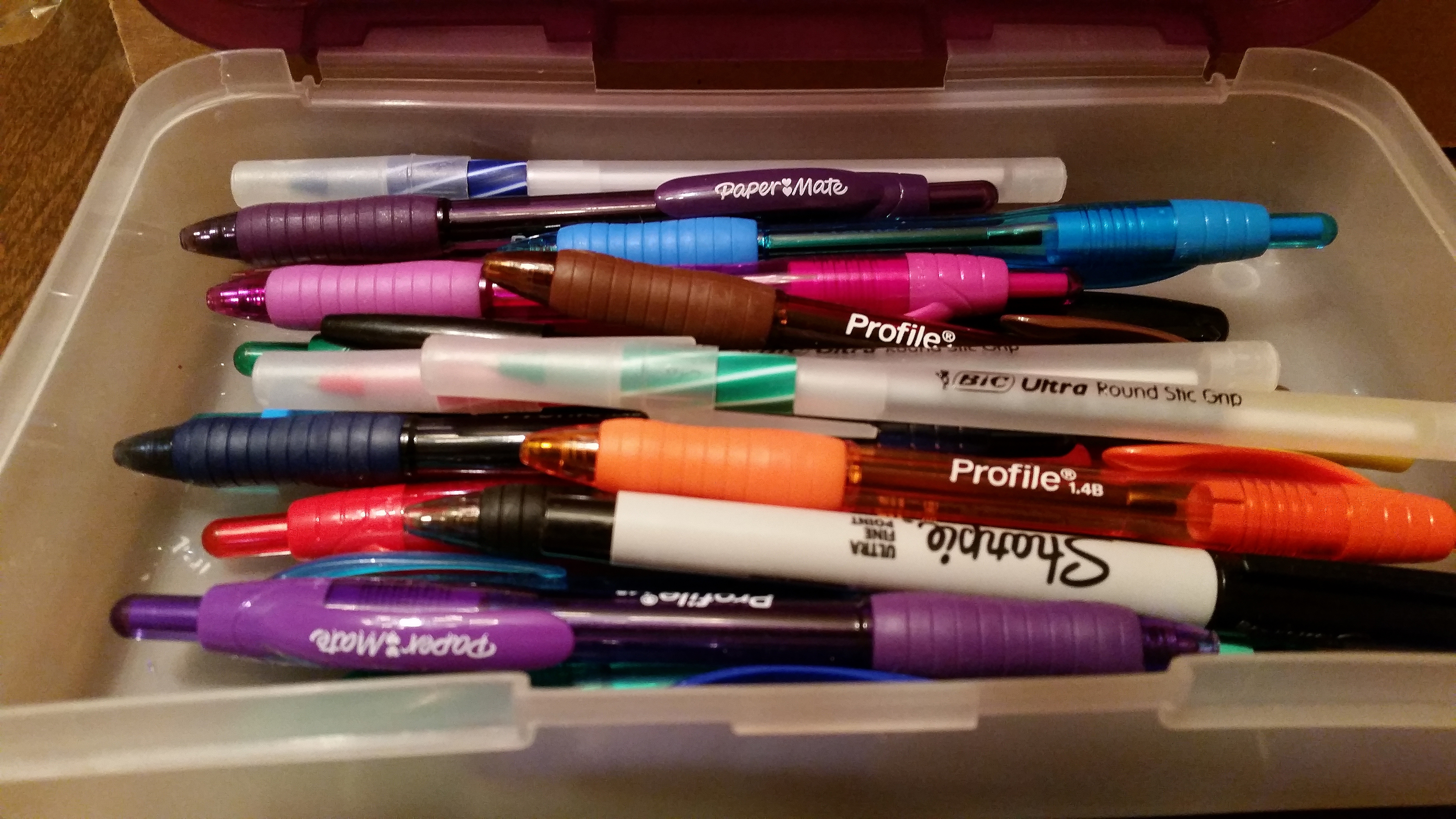
Writing Unforgettable Fiction—Part III
This time, we’ll look at Character Struggles, and how they help make unforgettable fiction. Here’s a great way to…
December 15, 2015
This time, we’ll look at Character Struggles, and how they help make unforgettable fiction. Here’s a great way to…
December 15, 2015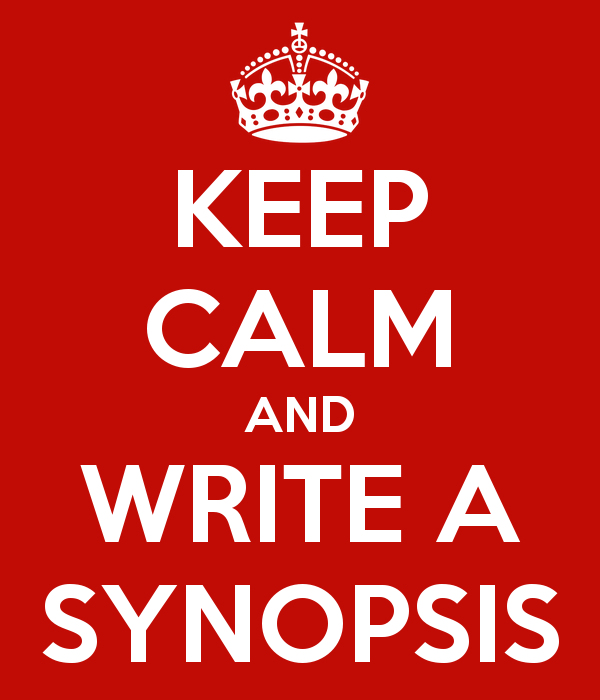
The first part of this series examined the Query Letter. In this column, we’ll look at the synopsis. Most…
December 14, 2015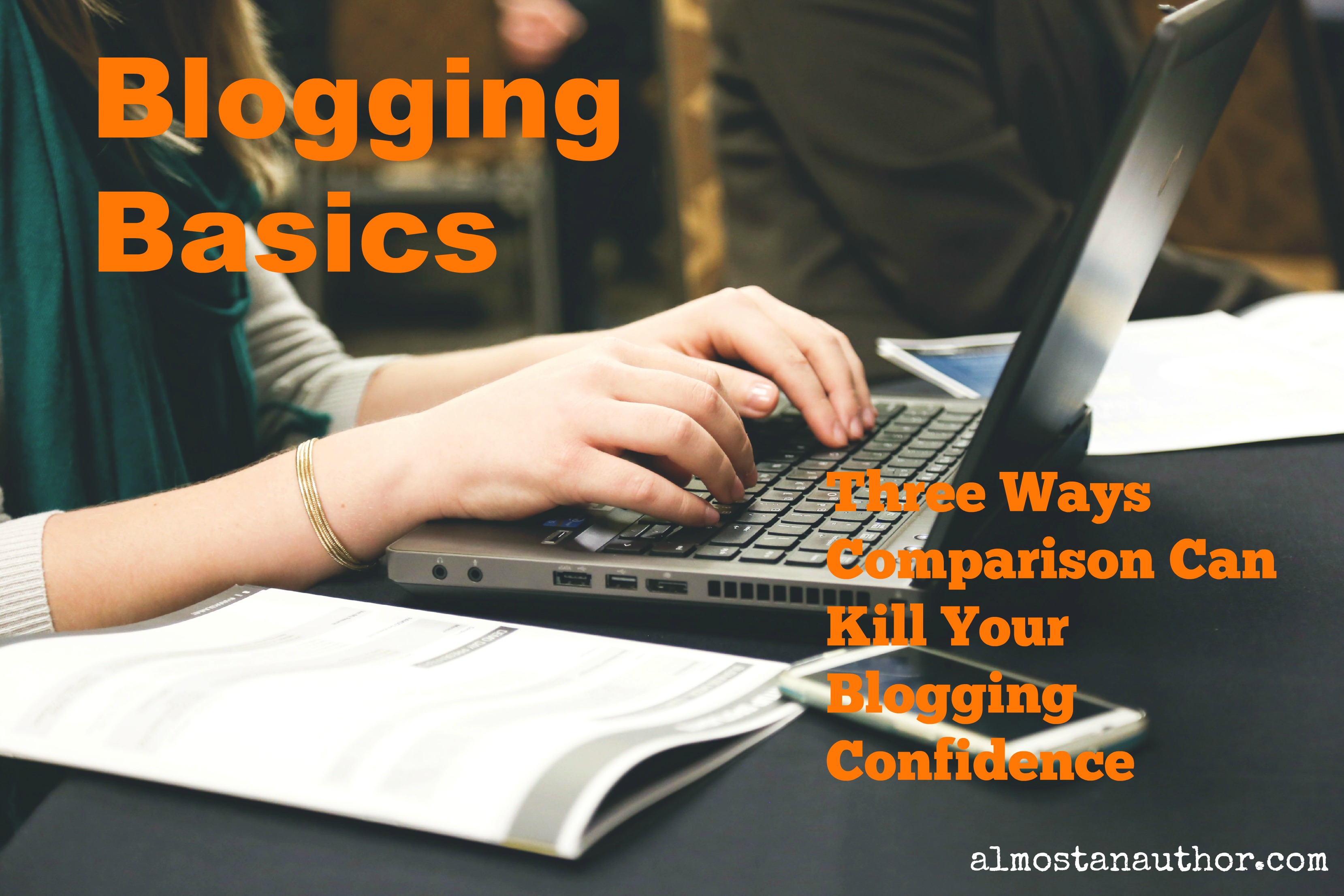
Blogging requires a balanced combination of vision, passion, craft, and energy. Comparison can quickly squelch your energy and derail…
November 30, 2015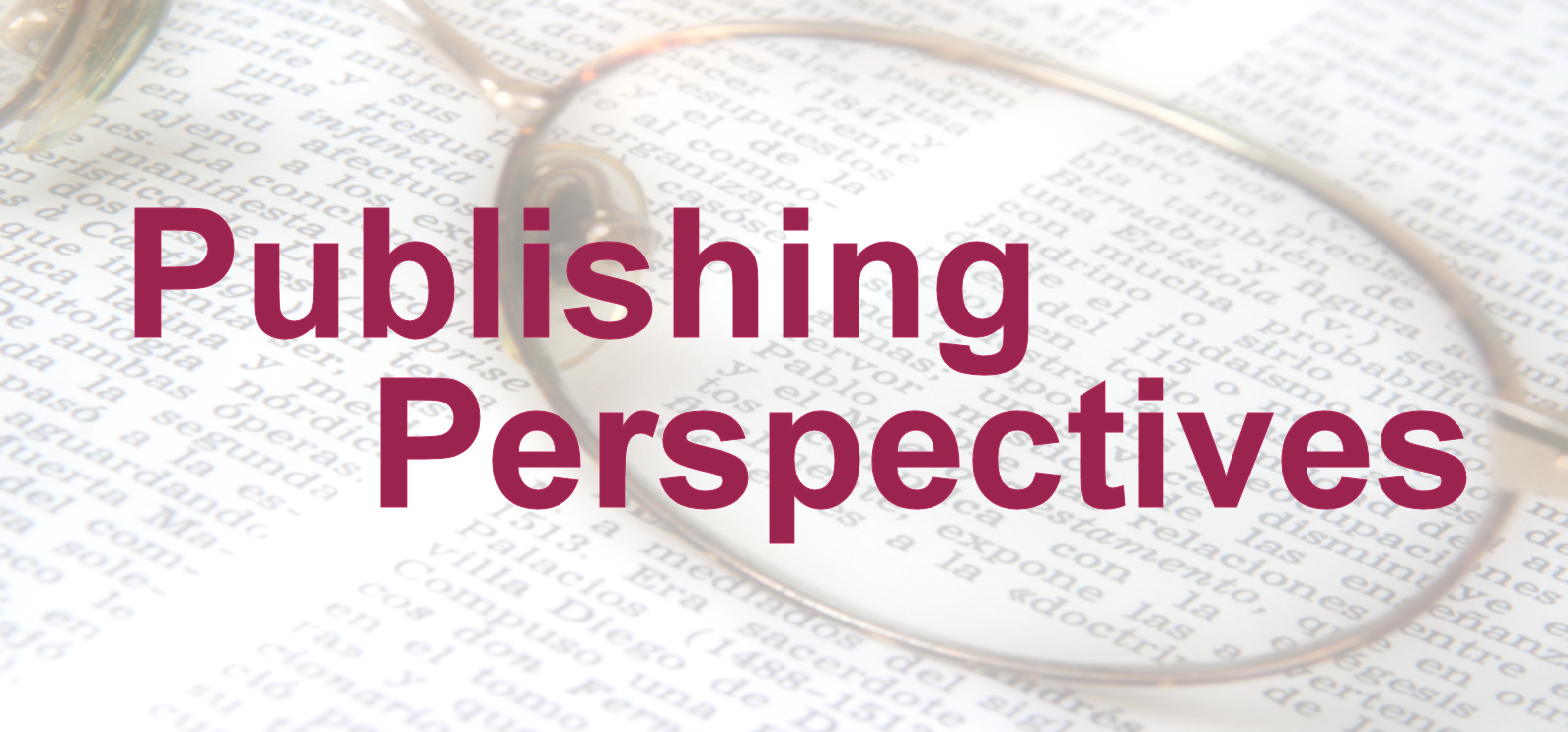
You’ve finally got your novel all polished up and ready to submit to a publisher. How is this done?…
November 22, 2015
We’re looking at Donald Maass’ The Fire in Fiction. @DonaldMaass #FireinFiction I’m on a quest to learn more about…
November 10, 2015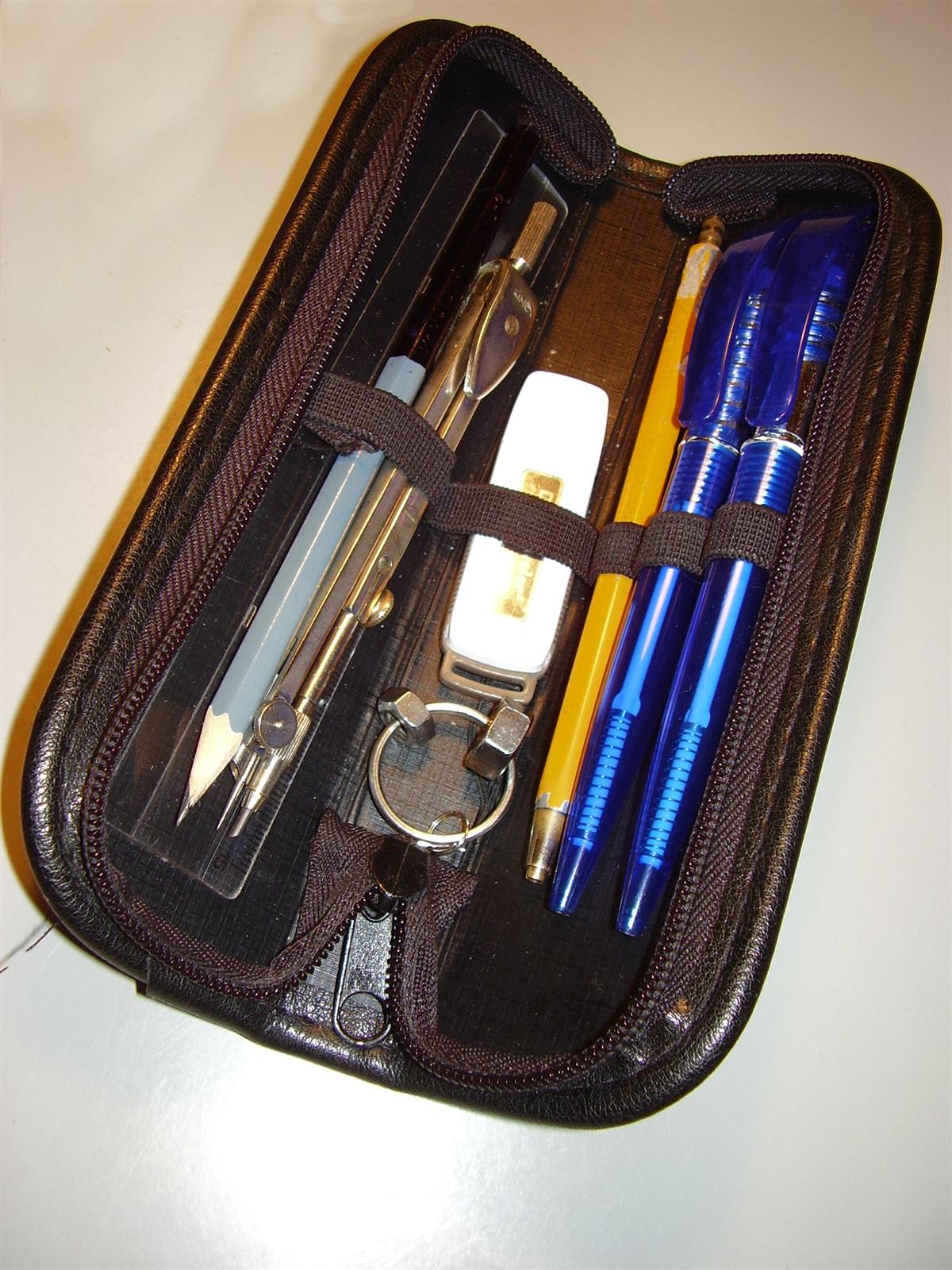
The tagline to Donald Maas’ The Fire in Fiction is “passion, purpose, and techniques TO MAKE YOUR NOVEL GREAT.”…
October 30, 2015
I hope that you, as a writer, do a LOT of reading! I think there are three types of…
October 29, 2015
When drafting your novel, then self-editing, go back and determine whether or not any given scene moves the story…
October 15, 2015
You sit down at your computer to write a new blog post. A blank screen is all you…
October 6, 2015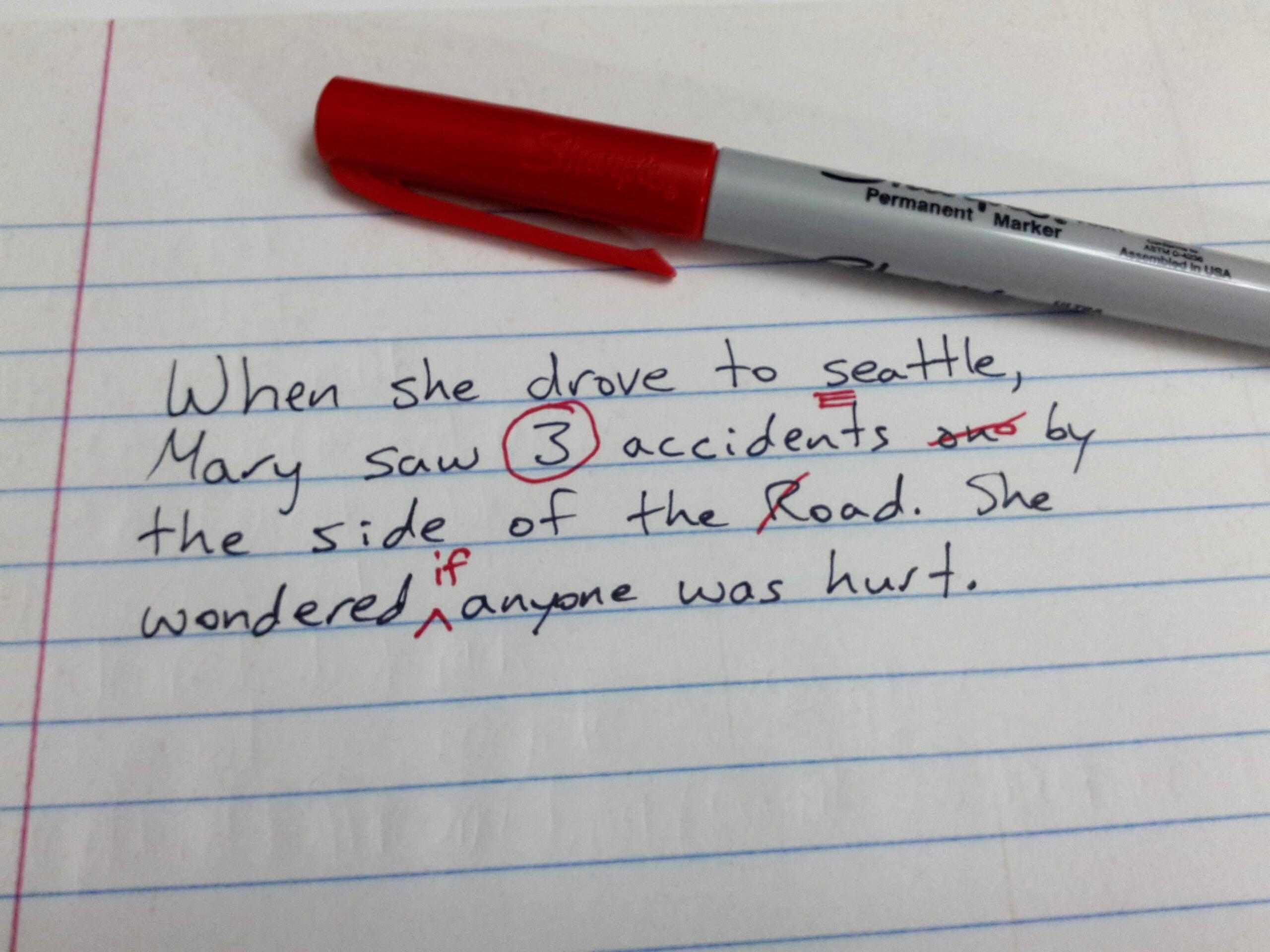
Hi new friends. My name is Dina Sleiman. In addition to being a published author myself, I’m an acquisitions…
September 28, 2015
The world of book publishing has been changing rapidly for a few years, and lots of vocabulary is changing…
September 23, 2015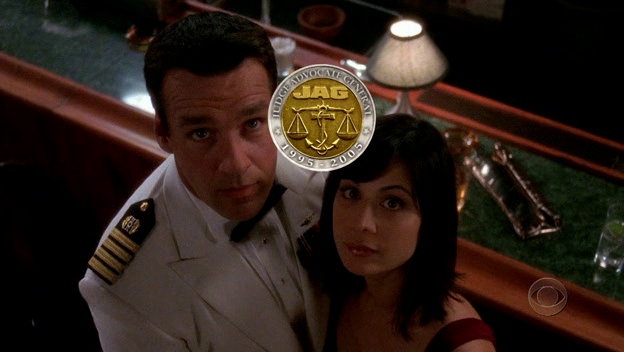
How do you know your story is worth telling? How do you evaluate whether or not your idea is…
September 9, 2015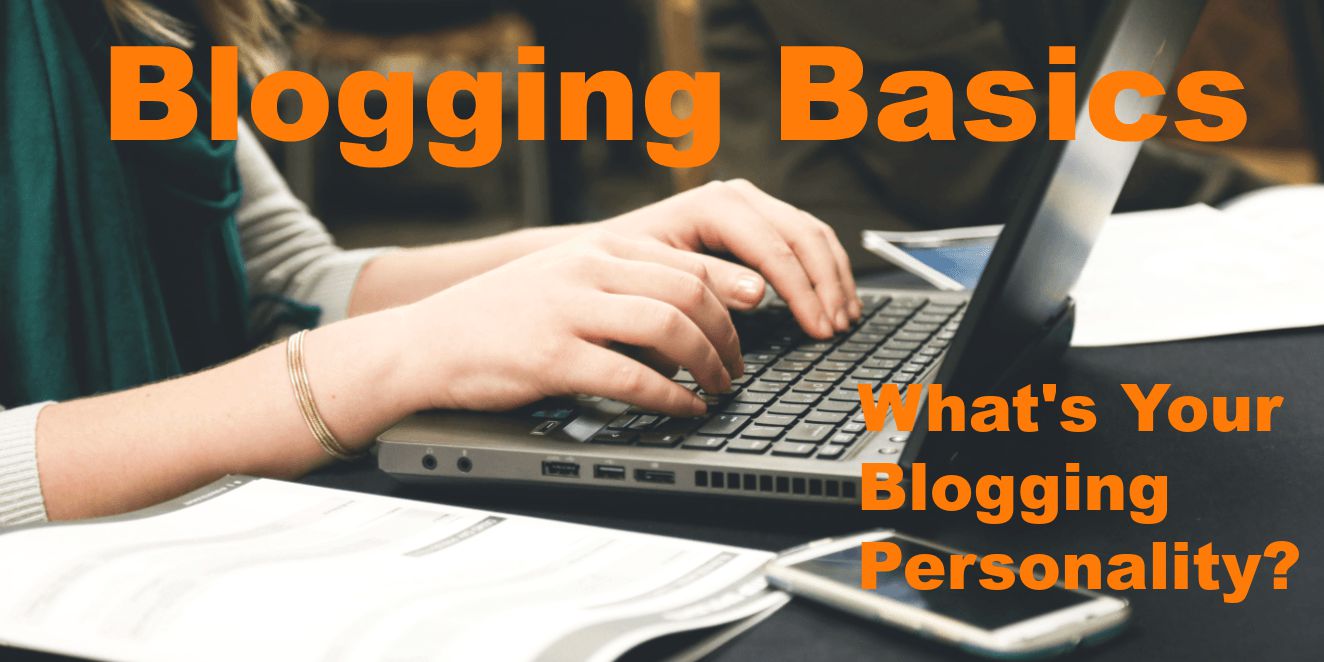
Remember the insecure days of adolescence? We changed looks, styles, and personalities as we tried to figure out this important…
September 1, 2015
Writing a book can be hard work. Then you polish it: more hard work. Then there’s the hard work…
August 29, 2015
What is it about a story that makes it compelling? Is it the characters? Is it the plot? Is…
August 17, 2015
Very few people take a trip without a destination in mind. When we travel, good planning makes for a good…
July 31, 2015
The number of smaller publishers will continue to grow as technology enables more people to complete the tasks involved…
July 20, 2015
Earlier, I posted about what fuels your ideas, and I used “Early Edition” as one of my ideas. Someday…
July 17, 2015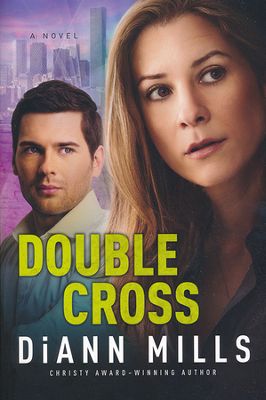
Plot Summary: FBI Agent Laurel Evertson’s investigation in to a scam targeting the elderly takes an unexpected twist when…
July 10, 2015
We’ve all heard the cliche, “Content is King.” The power of blogging depends on meaningful content. With the increasing numbers…
June 25, 2015